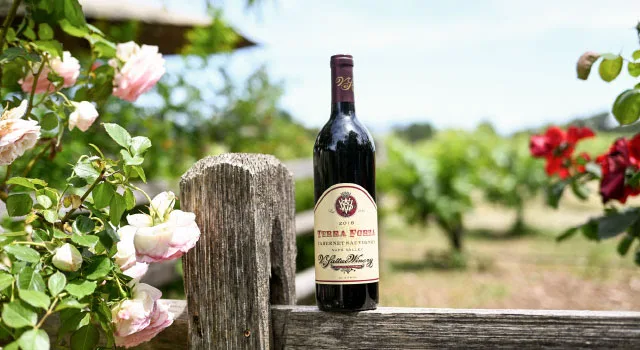The wines of Lebanon are an interesting mix, reflecting their own unique roots as well as a strong French influence. The country was part of the French colonial empire. French is still widely spoken, and you’ll sometimes find English and French on wine labels side by side.
The wine industry in Lebanon has thrived and grown, despite considerable challenges. There hasn’t been an all-out war in Lebanon for some years (though in recent days Israel and Hezbollah militants in southern Lebanon have traded artillery and rocket fire as Israel engages in a wide-scale new war with Hamas in Gaza).
As Jancis Robinson and Hugh Johnson observe about Lebanon’s wineries in the “World Atlas of Wine,” “The miracle is not that they have flourished but that they exist at all in the chronic state of uncertainty in which they have to operate.” (More on that below.)
Fortunately, you don’t have to go far to find excellent wines from Lebanon. Many of them are exported to the United States, and they offer some unique expressions worth trying.
They are warm-climate, Mediterranean wines but are balanced by the elevation and cooling influences of the mountains, especially the Bekaa Valley. That’s where most of the vineyards lie and where grapes have been grown in clay, limestone, and gravel soils for more than 6,000 years, going back to the Phoenicians.
Many of the wines, both red and white, are blends. Among the reds, you’ll find Grenache, Cinsault, Carignan, Syrah, Mourvèdre, Cabernet Sauvignon and others, with




